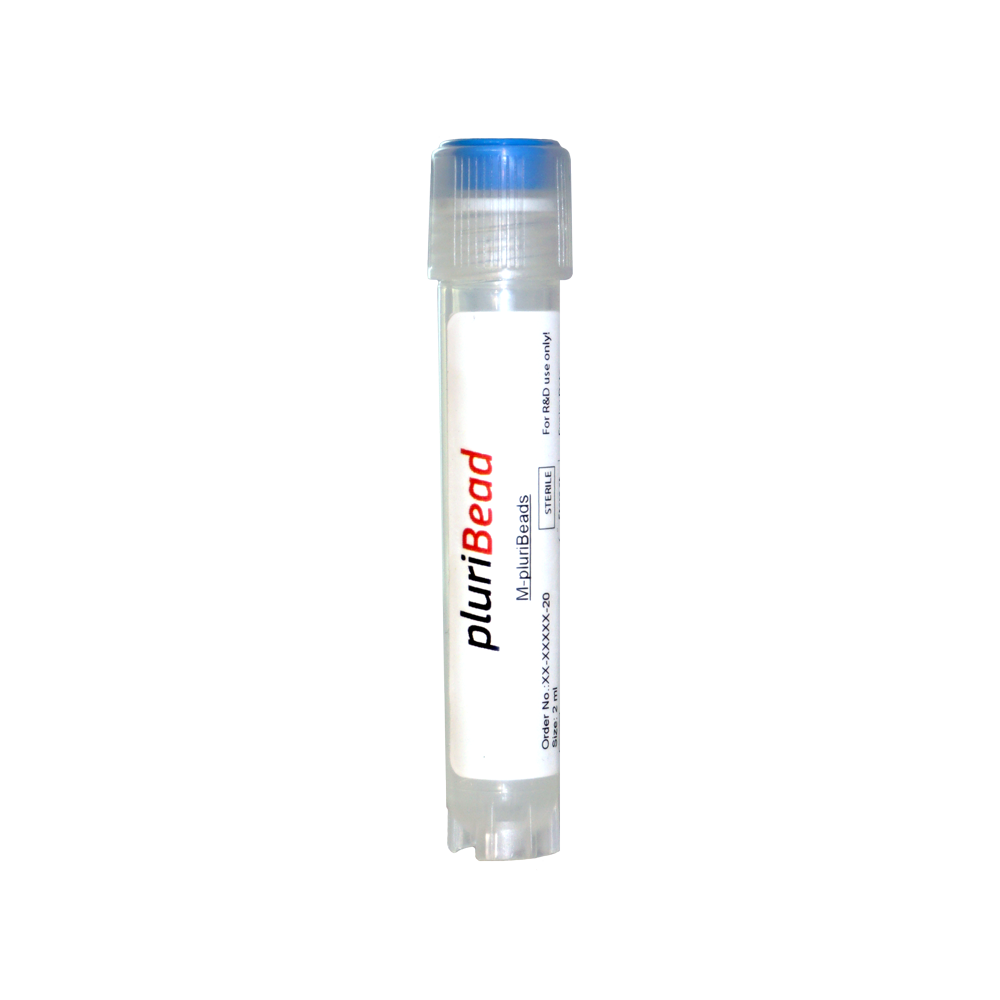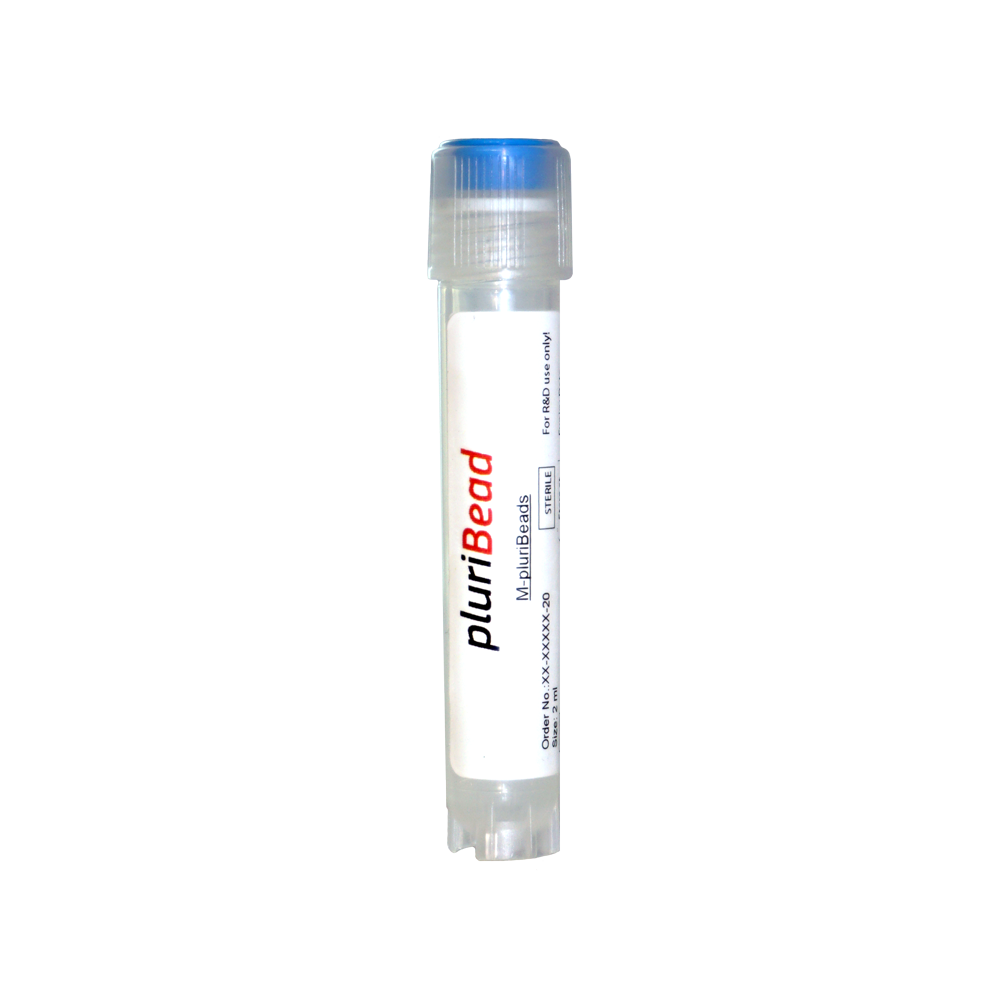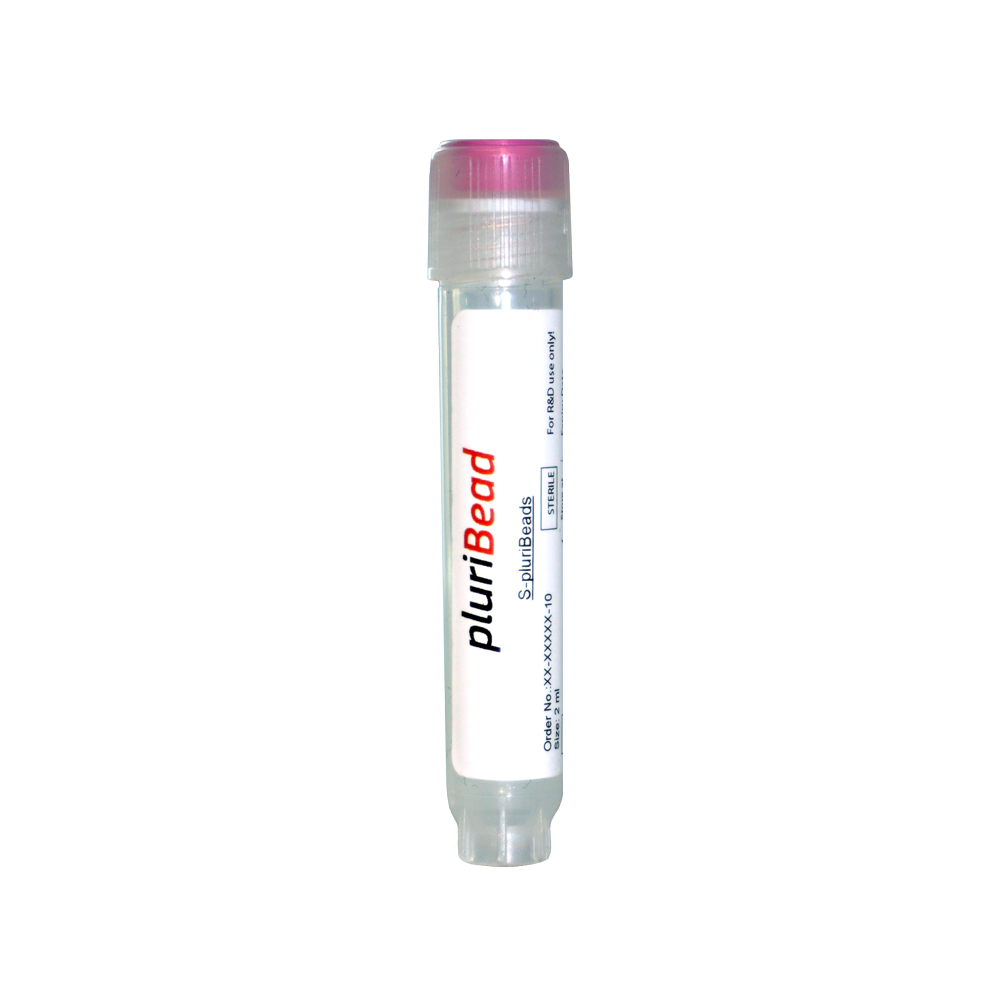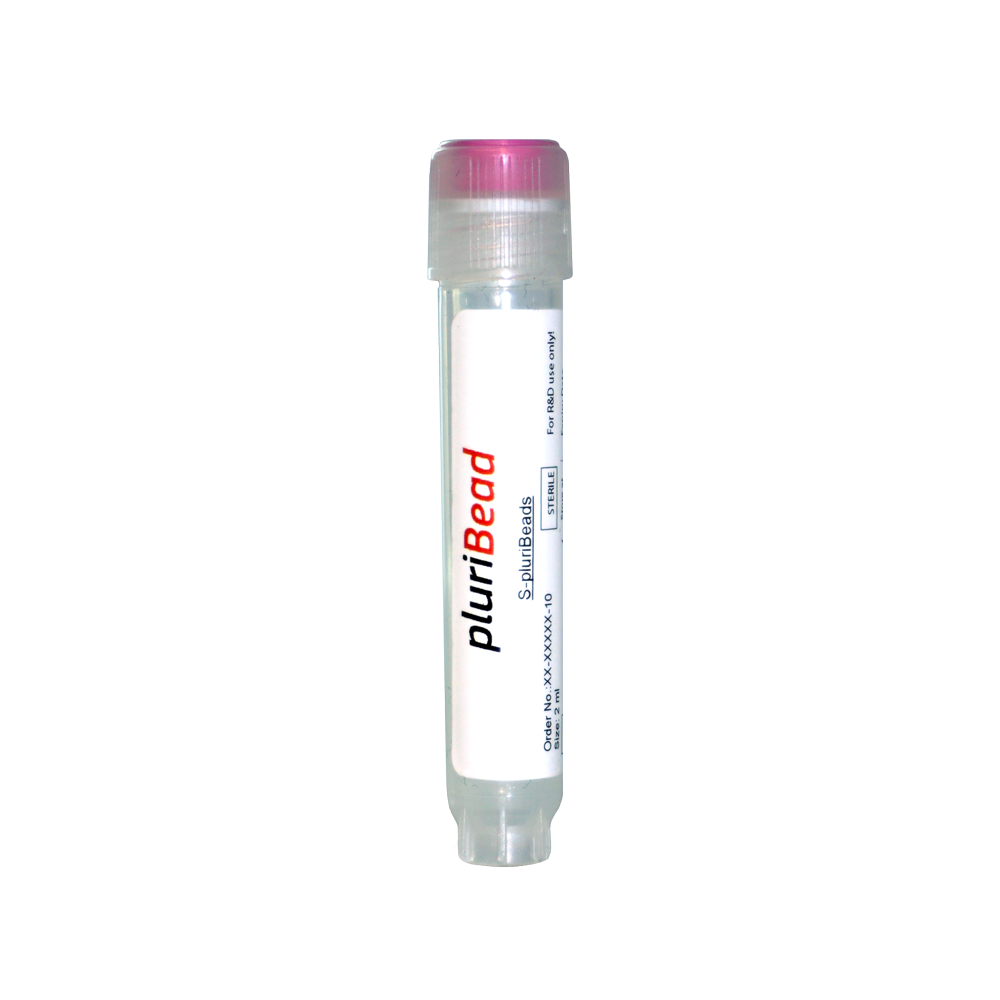Cookie Settings
我们使用cookies为您提供最佳体验。 技术上需要的Cookie用于使购物成为可能,统计数据用于匿名的Google Analytics。 你可以在我们更新的 隐私政策.
T helper cells (Th cells) help other leukocytes in immunologic processes, including maturation of B cells into plasma cells and memory B cells. They also activate cytotoxic T cells and macrophages. The cells are also called CD4+ T cells because they express the CD4 glycoprotein on their surfaces. T helper cells become activated when they recognize with their T cell receptor specific a peptide antigen that are presented by MHC class II molecules, which are expressed on the surface of antigen-presenting cells (APCs). Once activated, they divide rapidly and secrete small proteins (cytokines) that regulate or assist in the active immune response. These cells can differentiate into one of several subtypes, including TH1, TH2, TH3, TH17, TH9, or TFH, which secrete different cytokines patterns to facilitate different types of immune responses. Signaling from the APC directs T cells into particular subtypes.



